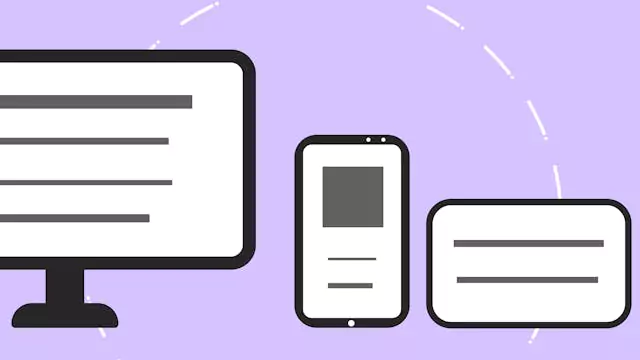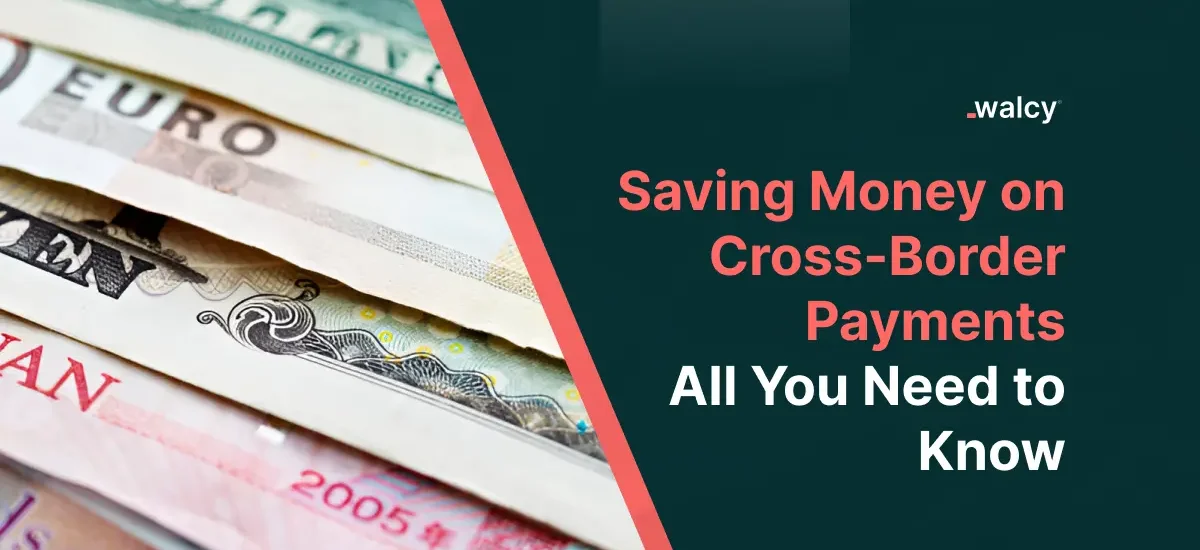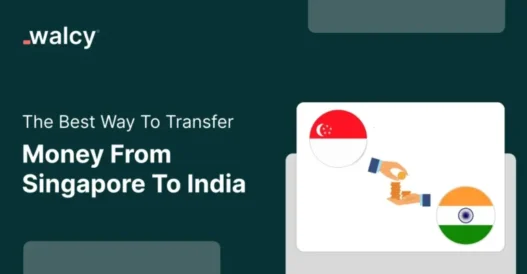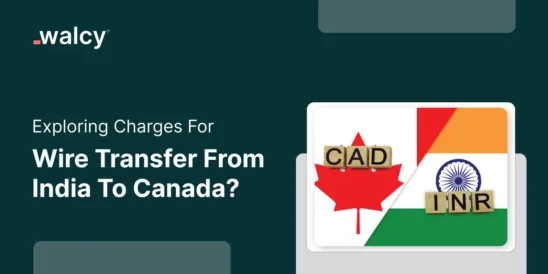Cross-border payments play a crucial role for businesses that operate in the international market. Nevertheless, these transactions are often associated with high costs, delays, and complexities. This complete manual will dissect the multiple aspects of cross-border payments from how to save money on frontier charges to transacting efficiently. The topics include solutions for cross-border payments, conducting international business across borders, B2B commerce globally, platforms for cross-border payments, and the SWIFT system as a good solution. Additionally, it also includes business transactions internationally through the banking system, immediate cross-border payment transfers worldwide, and systems of cross-border settlement.
What Do You Mean By The Term Cross-Border Payments?
Cross-border payments are those transactions in which the payee and the recipient are in different countries. These may be done by individuals, businesses, and banks and may be conducted in various currencies. The process often happens through multiple financial institutions with currency conversions as well as compliance with different countries’ regulations.
Cross-Border Payment Challenges
There are several challenges you might experience while making the payment across borders. Some of them are:
-
High Fees
The frequently high fees of traditional banks and payment providers for currency exchange, transaction processing, and other services are one of the major obstacles. If you had previously made overseas payments you might know how costly it used to be.
-
Delays
Not just cost but also transactions get delayed for a number of days while making transactions across borders. Intermediary banks and regulatory checks can make transfers take a few days.
-
Transparency Issues
Unlike domestic transactions, International payments also lack transparency. Often the complete cost of a transaction is not made clear at the onset leading to unexpected charges.
-
Regulatory Compliance
Since overseas payments needs to be made within different jurisdictions, there might be some regulatory issues. If a company operates in another country, it can be very difficult to protect data there.
Strategies to Save Money on Cross-Border Payments

Trustworthy money transfer systems across borders are what to look for when aiming at cost reduction and overall efficiency improvement. There you have a few options:
Choose Digital Payment Platforms
Compared to traditional banks digital payment platforms, such as PayPal, Transfer Wise (now Wise), and Payoneer show better exchange rates and lower fees. They are also much faster in terms of transaction processing and offer more clear service.
- PayPal: Well-known and easy to use, but it may charge you high fees for converting currencies or making international transfers.
- Wise: Famous for its mid-market exchange rates and no hidden charges, hence much cheaper than many of the high street banks.
- Payoneer: Being of great help to firms and freelancers, in particular, those who receive their payments from marketplaces like Amazon and Upwork is very noted.
Check this blog if you are looking for PayPal alternatives
Choose The Best Currency Brokers
Currency brokers specialize in foreign currency and typically provide better exchange rates and cheaper costs than banks. They can come in handy, especially with big transactions. Some of the popular currency brokers are OFX and TorFX. OFX offers competitive rates as well as low fees which make it ideal for large transfers. TorFX services are personal, provided by experienced account managers, and make it good for high-value transactions.
Moreover using digital currency transfer can also helps in reducing the cost. Bitcoin in particular presents a deviation from the standard payment systems. They may cut down on costs and boost the speed of transactions and yet they pose their risks as well as regulatory issues. Its lower transaction fees and quicker settlements come with a high risk of value fluctuation and uncertain legal status.
Employ Multiple Currency Accounts
Multi-currency accounts let you manage and hold funds in various currencies. Therefore, you can avoid bad exchange rates and lower conversion costs in this way. You can easily create multicurrency account without any hassle with Walcy.
When your business often involves currencies with a high level of volatility, you may think about hedging strategies such as forward contracts and options. These can protect you against unfavorable currency movements. Forward contracts are instruments that fix future exchange rates which in turn provide predictability and protection from value fluctuation.
Use Cross-Border Payments Platforms
Cross-border payment platforms are meant to streamline your international transactions. Here are some of traits to look for on such platforms:
-
Business System Integration
Most of the platforms feature the business System Integration service. You should choose a platform that seamlessly integrates with your accounting, ERP, and other business systems. This is to minimize manual efforts and errors.
-
Automated Payments
By doing this, you can manage repetitive transactions like payroll and other transactions in a more time-saving way while reducing errors.
Walcy can be the best option if you need business System integration and Automated payment solutions.
Get To Know SWIFT Cross-Border Payments
What Is SWIFT?
SWIFT refers to a network for standardized and secure communication between financial institutions globally, mostly used in cross-border payments.
- SWIFT Codes: Unique code to identify a bank participating in international transactions ensuring secure and accurate communication.
- SWIFT Network: The network through which banks communicate with each other, enabling them to send messages and instructions, therefore ensuring smooth and efficient cross-border payments.
SWIFT GPI
SWIFT Global Payments Innovation aims to increase the speed, transparency, and traceability of cross-border payments. SWIFT GPI provides quicker and more transparent transactions.
- Benefits of SWIFT GPI: Faster payments, End-to-End tracking, and transparency on fees and delivery times.
- Adoption: most of the banks have adopted the SWIFT GPI network to improve international services, therefore benefiting businesses and individuals.
New Technologies For Cross-Border Payments.
Blockchain technology and real-time payment systems facilitate the implementation of immediate cross-border payments. These help to reduce cost and transaction time by a huge margin. Some of the modern technologies for cross border payments are:
- Ripple: Runs a blockchain-based system, therefore enabling instant cross-border transactions at a meager cost.
- Visa Direct: This is a system that enables real-time payments to cards globally using Visa’s network.
- Payment Service Providers: Some cross-border instant payment providers specialize in cross-border transactions. Do your research and pick out the best provider who delivers reliable and swift services.
- World Remit: Specializes in instant remittances, therefore ensuring cheap and fast transfer.
- Remitly: Provides fast, easy, and affordable cross-border payment services, mostly used for remittances.
Cross-Border Payment System
Regional Payments System
Regional payment systems such as SEPA in European countries provide standardized low-cost cross-border payment services for users within a specific region. Take advantage of the low cost and reduction of the burden off your transactions.
- SEPA: This is a payment platform for all euro-denominated payments within Europe that are very cheap and effective.
- ACH: In North America, the Automated Clearing House network allows for efficient domestic as well as cross-border transactions.
International Payment Networks

International payment networks like Visa and MasterCard provide a global reach and can facilitate efficient cross-border payments. They usually work together with local banks to minimize the cost and enhance their service delivery.
- Visa: Provides global reach and reliability, so it is the most popular card payment system in the world for international payments.
- MasterCard: With the widest network coverage and competitive rates on cross-border transactions.
Best Practices For Cross-Border Business Payments
Ask the Banks and Payment Providers to Lower Their Fees
It’s always a great idea to negotiate fees and terms with your banks and payment providers. Volume discounts and custom pricing can lead to some kind of meaningful savings.
Negotiation tips: With high transaction volume, one can bring that into the conversation and even explore long-term partnerships to get favorable rates.
Other providers: Most importantly, use quotes from alternative providers as leverage in negotiations.
Regularly Review And Compare Rates
Rates and fees for exchange vary greatly between providers. Regularly compare and review the rates to ensure that you get the best deal.
Comparison tools: Regularly compare exchange rates and fees on online comparison tools.
Periodic reviews: Schedule time to review your payment solutions to ensure that they are still cost-effective for your business.
Ensure Compliance
Make sure your transactions are compliant with international laws and regulations to avoid fines and delays. Being updated on the changes in regulatory requirements is critical to smooth operations.
Check for compliance: Run proper compliance checks for adherence to requirements.
Regulatory updates: Subscribe to updates given by the regulatory bodies on changes that might impact your business.
Education for Your Team
Educate the finance and accounting team on best practices for cross-border payment management. Knowledgeable staff can spot ways to save and ensure efficient processes.
Training programs: It is important to provide regular training programs to the team to get them updated on the best practices and new technologies.
Sharing knowledge: Employees can be allowed to share knowledge to spread best practices within the team and come up with innovative solutions.
Monitoring and Analytics Of Transactions

While making cross-border transactions you need to monitor cross-border transactions using analytics. Identifying patterns and trends is a way to optimize the payment process and reduce costs.
Similarly, you shall need to leverage data analytics to gain insights into transaction patterns and find opportunities to save costs.
Moreover, you need to track key performance indicators, such as transaction time, fees, and error rates, to continually improve your processes.
Conclusion
While performing cross-border transactions, you may save a lot of money by choosing the correct payment solutions, optimizing currency conversion, and leveraging modern platforms. Moreover, staying up to date on the newest trends and technology also assists you in saving costs.
Businesses using the strategies provided in this guide will reap the benefits of cost reductions, efficiencies, and effective navigation through cross-border transactions. With globalization taking over the world, it is very important to stay ahead of the game and trends.
Learn more about making overseas payments.
Do follow us on Facebook and LinkedIn, to stay connected with us.



